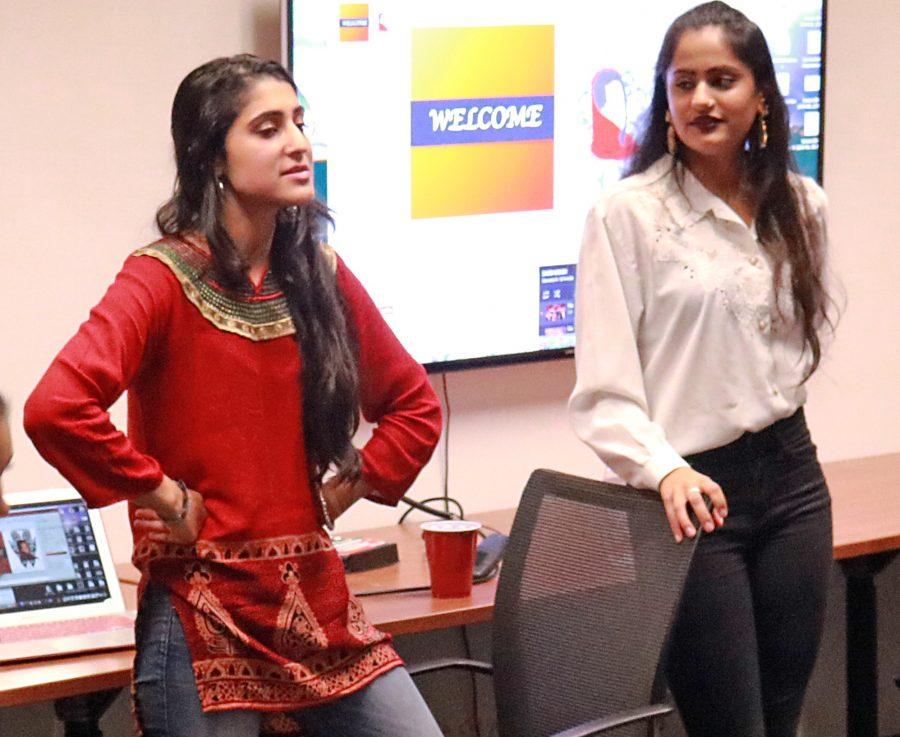CORRECTION: An earlier version of this article misspelled the name “Radhika” as “Rhadika.”
3rd paragraph “Rhadika” is spelled “Radhika”
Music bounced off the walls and students filed into a crowded room as South Asians Breaking Borders made its debut as SF State’s first South Asian organization last Wednesday.
Third year students and creators of SABB, Dámneet Kaur and Radhika Mishra, prepared food, organized games and explained the purpose of the club during the first meeting of the year.
“We wanted to start an organization for South Asians because often times when we’re sitting in classrooms we feel like our narratives are being missed out,” Kaur said.
With an estimated population size of 1.7 billion, South Asia is home to 24 percent of the world’s population. The Central Intelligence Agency defines South Asia’s region as 8 Countries: Afghanistan, Bangladesh, Bhutan, India, Maldives, Nepal, Pakistan, and Sri Lanka, in addition to the Britain Indian Ocean Territory. The University doesn’t track this population separately from Asian students, therefore it’s impossible to determine what percentage of SF State students belong to this demographic.
Kaur and Mishra came up with the idea after meeting each other in class and realizing they were some of the few South Asian students in their community. They began planning the organization earlier this year, and finally saw the validation of SABB Oct. 28, when the University officially recognized it as an SF State organization.
“It was just like we were missing something for us,” Mishra said. “We didn’t know where we could put our voices in because we were always in the background of things.”
The two say the goal of the organization is to emphasize how South Asians are one of the largest communities in the world and how the model minority myth placed on this community is inaccurate.
The term model minority is used to describe minority populations that have a history of being more successful than other minority groups.
“No one teaches you about college, or anything about academic life,” Kaur said. “People assume that South Asians have access to that knowledge because they have this model minority myth associated with them, but a lot of South Asians come to college not knowing anything.”
Though the club focuses on South Asian identities, they would also like to branch out to other communities of color to exchange experiences between cultures.
“We are here to connect the South Asian diaspora to the motherland, challenge systems of oppression that confine South Asians, and to create solidarity while bridging expanding gaps that prevail between communities of color,” reads SABB’s mission statement.
In addition to advocating for a space where South Asian voices can be heard, Kaur and Mishra both mentioned that they hope students find support in the group whether it be through food offered at club meetings, or as a space to speak freely about things happening in their lives.
“Thank you for sharing this space, and thank you for creating this space,” said Yesenia Mendez, an SF State student in attendance. “It’s so important to have these spaces because identity is real, self love is the most important thing.”
The next SABB meeting will be held on Nov. 9 with the location to be determined. For more information contact SABB at [email protected].







